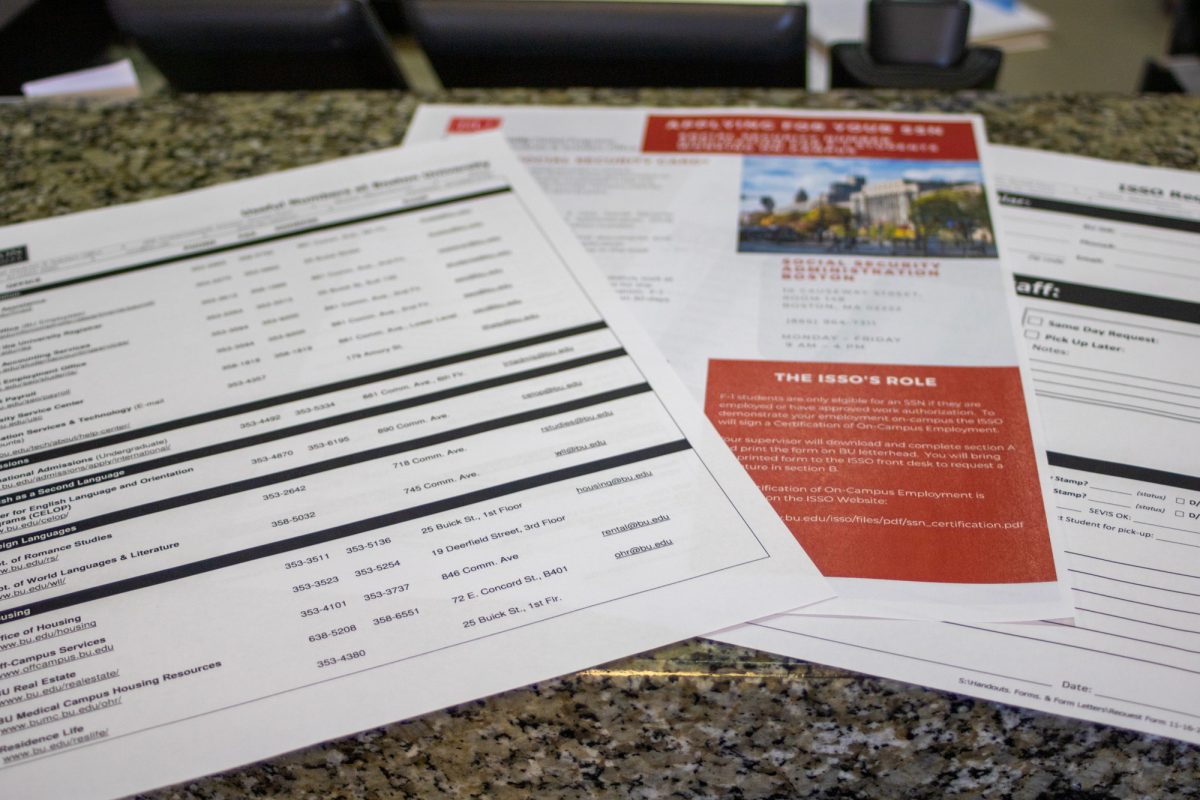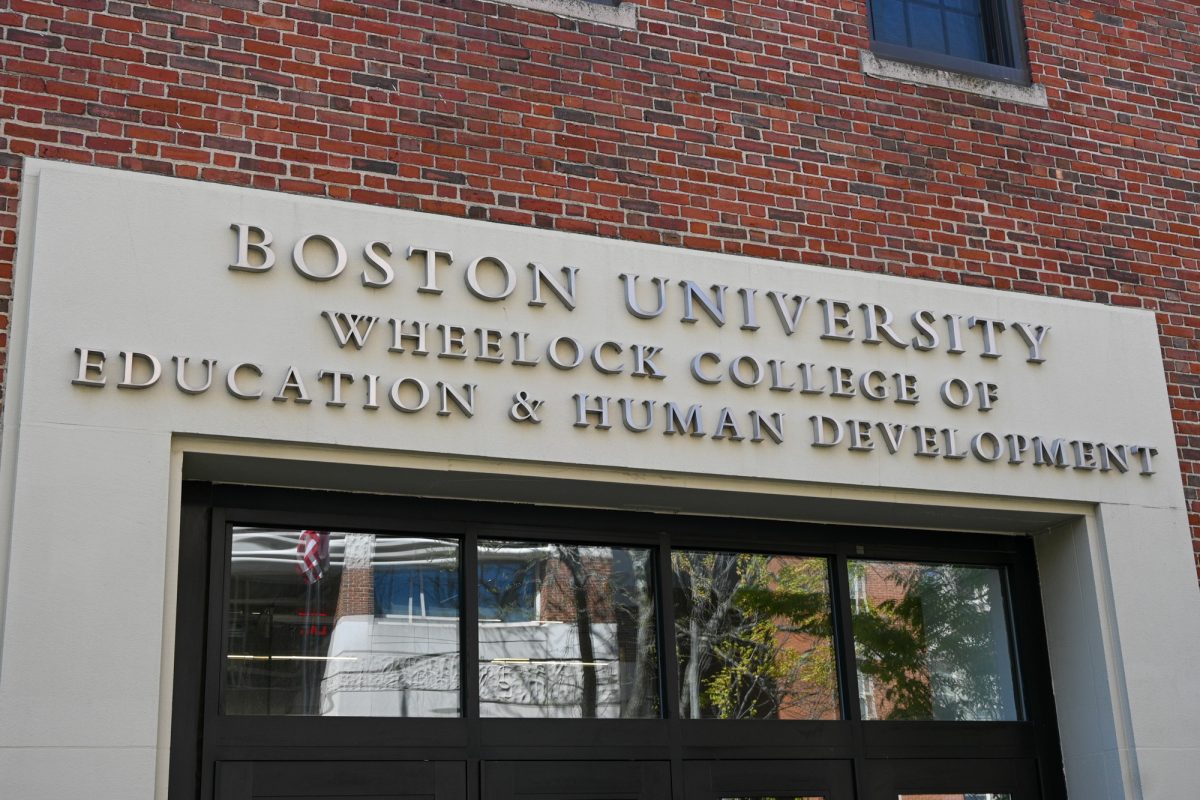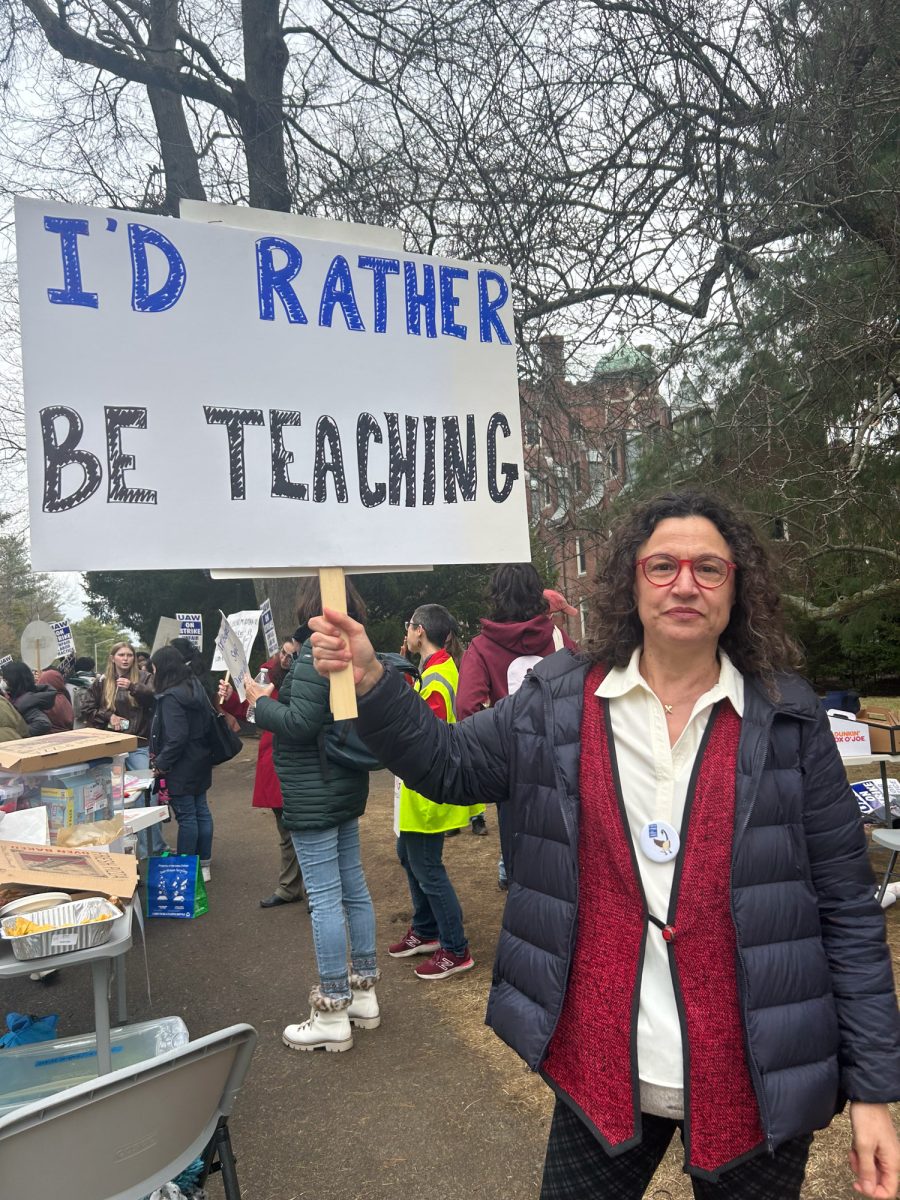A large-magnitude earthquake will hit Northern California in the next 18 months, according to predictions from a team of researchers that includes Boston University physics professor William Klein.
Klein and researchers from the University of California-Davis published “Space-Time Clustering and Correlations of Major Earthquakes” in the Physical Review Letters on Wednesday, detailing the latest predictions in research they have been conducting for the past seven to 10 years.
“Basically, the idea, roughly speaking, is to take the past patterns of earthquakes and to study them,” Klein said, “to see whether or not there are patterns in those things studied and use [them] to predict the future.”
Using physics and algorithms, the researchers examined low-magnitude earthquakes to gauge the likelihood of high-magnitude earthquakes occurring on nearby fault lines, where earthquakes occur after significant plate movements.
Klein said because he researched potential correlations using an online catalogue listing of many earthquakes, he did not need to be on site to contribute to the project. He said the work concentrated on learning from small earthquakes in Southern California.
“You don’t care about [magnitude] 2 to 3 earthquakes,” he said, “except what they can tell you.”
Klein said most earthquakes occur near plate boundaries — in the United States, the most susceptible area is the West Coast near the San Andreas fault, where the Pacific and Northern America plates meet. Although not felt by humans, plates are always moving.
“They act like honey, but they are stuck in certain places,” he said. “The forces keep building up and the rock will break . . . that’s an earthquake. If you look at Southern California, there are lots of faults that come off the San Andreas.
“It is almost as if you cracked a piece of glass,” Klein continued. “As faults move, they transfer stress to other faults. As the stress builds up, you might get an increase in small earthquake events. These small events are telling you that there is this increase in stress towards a build-up in a major event.”
Klein said the same stress transfer happens after major earthquakes, and the purpose of the research project is to try and identify how the stress occurs by studying patterns.
UC-Davis physics professor John Rundle, the leader of the research team, said he and Klein met in 1987 when he was invited to speak at BU about earthquakes. After his lecture, Klein approached Rundle to see if he would be interested in collaborating on research.
“This represents a test about whether we can test large and damaging earthquakes,” Rundle, the director of the California Hazards Institute of UC, said. “The paper itself is based on work over the past seven to eight years. Basically, my interest in this area goes back a couple of decades. We published a number of papers. We have been collaborating since 1989, so 17 years.”
Rundle, who is also the director of the UC-Davis Center for Computational Science and Engineering, said the paper “builds upon” previous research, but it “describes a new computational algorithm” allowing the group to forecast regions at risk for earthquakes “magnitude six and above.”
The large number of fault lines, including some that researchers do not even know about, can be a challenge, Rundle said, with no way of completely knowing the effects of stress on a fault.
“This is purely theoretical,” he said. “Basically, what you are getting is probability.”
Whether or not an earthquake occurs in Northern California in the next 18 months, as the researchers predict, Klein said it will not prove the algorithm either way, because it is not a “foolproof method.” He said it is important to “gather information over a long period of time to make more conclusive assumptions.”
Rundle said it is difficult to overcome the “bad reputation” associated with earthquake forecasting but said he thinks the paper published by the group is an “accepted means” of communicating their results.
“You have to realize that the field of earthquake forecasting and protection has gotten a bad name, because there are many charlatans involved,” he said. “What Bill and I have done is to apply statistical physics to the problem. Our methods are precise, rigorous, believable.”













































































































